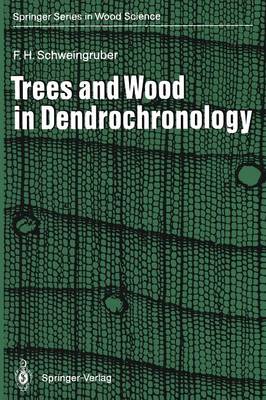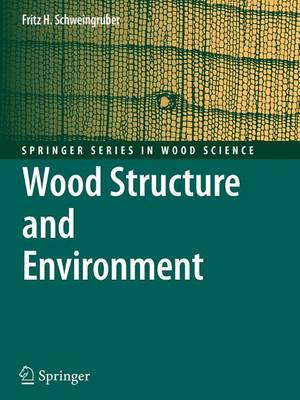Springer Series in Wood Science
3 total works
The primary aim of Wood Structure and Environment is to reveal the hidden ecological richness in stems and roots from trees, shrubs and herbs. The detailed, lucid text will inspire researchers to consider the anatomic microcosm of wood plants and use it as a retrospective source of information, solving problems related to ecophysiology, competition, site conditions, population biology, earth science, wood quality and even human history.


